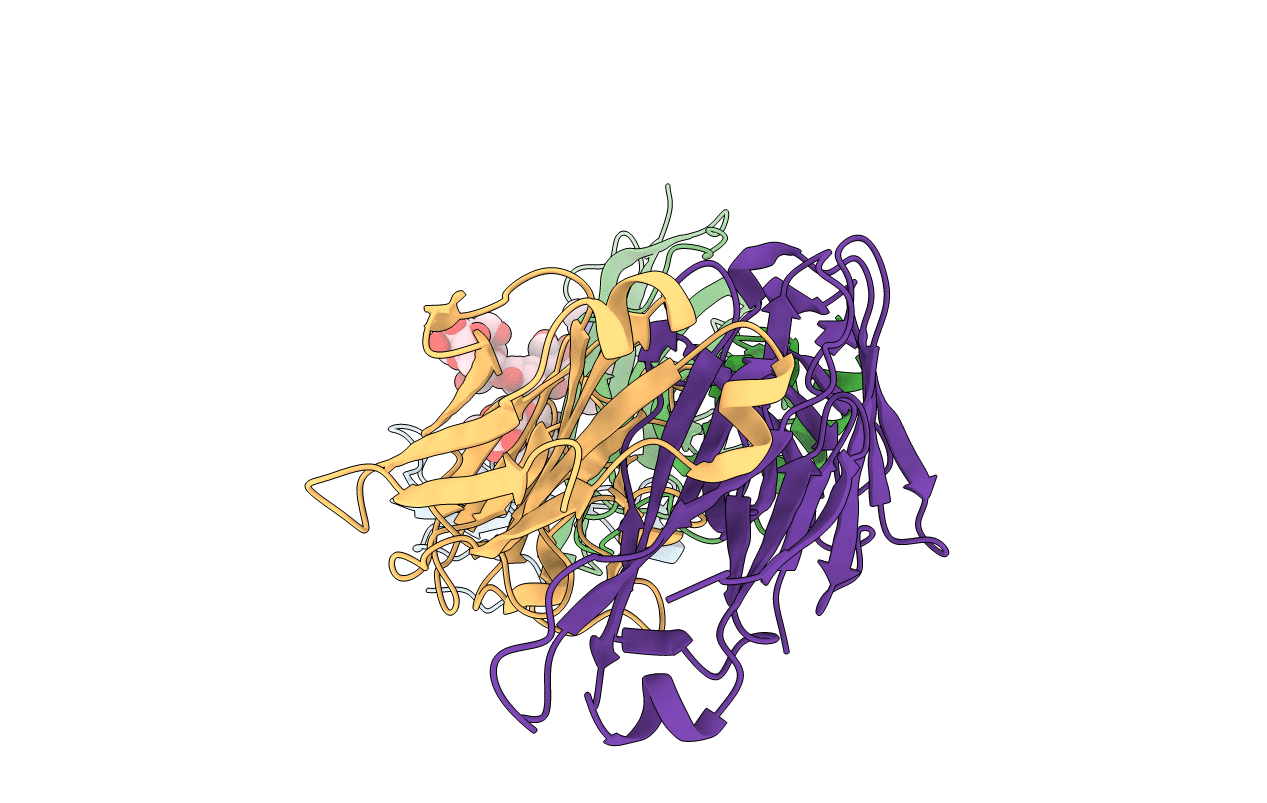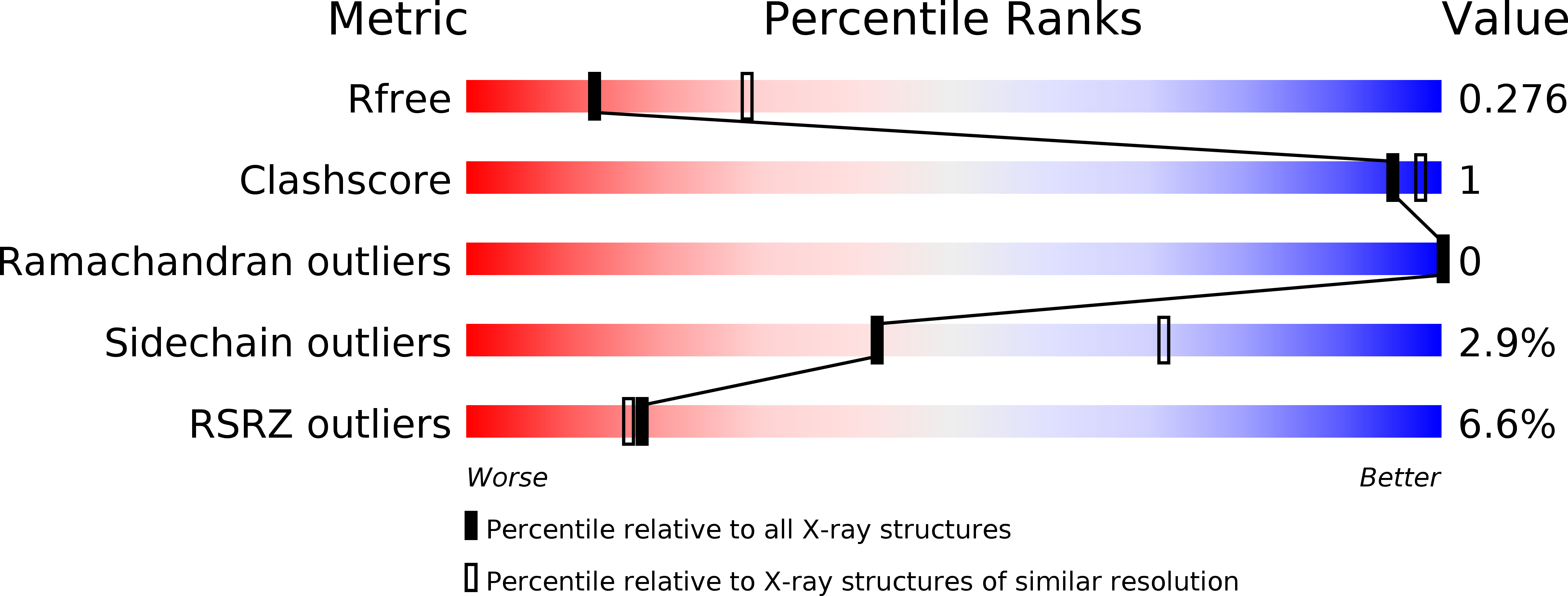
Deposition Date
2016-01-02
Release Date
2017-05-03
Last Version Date
2024-10-09
Entry Detail
PDB ID:
5HBV
Keywords:
Title:
Complex structure of Fab35 and mouse nAChR alpha1
Biological Source:
Source Organism:
Mus musculus (Taxon ID: 10090)
Bungarus multicinctus (Taxon ID: 8616)
Rattus norvegicus (Taxon ID: 10116)
Bungarus multicinctus (Taxon ID: 8616)
Rattus norvegicus (Taxon ID: 10116)
Host Organism:
Method Details:
Experimental Method:
Resolution:
2.70 Å
R-Value Free:
0.26
R-Value Work:
0.22
R-Value Observed:
0.22
Space Group:
C 1 2 1


